MacRumors
Apple will switch to AMD Threadrippers...
Discuss this new rumor.
MacRumors
Apple will switch to AMD Threadrippers...
Discuss this new rumor.
Why bother concerning yourself with something that doesn't exist, and that hasn't happened?
I think the future iMac Pro will really set the bar. If the iMac Pro starts it’s price range higher than the current top spec M1 iMac ($2499) AND can be spec’d out to over $6,000 (which isn’t impossible to consider as the current MBP can be spec’d up over $6000), then I’d say the likelihood of a high dollar Mac Pro increases greatly.
The latest Intel iMac. Apple announced the transition in June of 2020, the latest iMac was released in August of 2020. I believe this is also similar to the last transition when they indicated that more PowerPC systems would be coming and they released 1 soon after the announcement.
No no I didn’t mean YOU wishful thinking, I just remember reading some threads here that focused solely on the fact that some AMD references were in the code that absolutely WOULDN’T be there if Apple weren’t going to move their CPU’s to AMD. Some folks REALLY wanted to see AMD in the upcoming Macs in the same way folks really want to see another Intel system.
What I think some folks don’t think about is that anyone with a Mac that has 1.5 TB of memory… will still have a Mac with 1.5 TB of memory even after Apple releases the AS Mac Pro. Apple’s not going to lose those customers, Apple had them as customers back when they bought the Pro. Those customers don’t get their money back when Apple releases a new AS Mac!
If Apple’s new system doesn’t support 1.5 TB, those folks aren’t going to throw their current system into the trash. They likely have a plan to keep those systems running longer to make sure they get their ROI on them which means they may not even be in the market for an AS Mac Pro for another 5-6 years. Same goes for any customer investment into the peripherals/internal units. If it works with a new system (well, if the vendor releases appropriate drivers is the more likely breakpoint) great. If not, they’ll just keep using what they have. Same goes for any Pro software that takes longer to come over… Pro’s have as MUCH time as they need because the system they use to make money is not going to change unless/until they change it. If it takes them 10 years to be comfortable enough to move over, then that’s how much time they have! Additionally, like you said, releasing an Intel Mac Pro muddies the water and sends the wrong message to developers (who really should be working on their AS ports).
And Apple hasn’t really done “make a profit over time” they design with profit margin in mind and I’ve always felt that the price of the Mac Pro took recouping the R&D into account (I wouldn’t be surprised if the profit margin wasn’t fairly hefty). I remember them saying they had people come into their offices to discuss their workflows so it was likely almost like a crowdfunding thing. “If you make it like this, we’ll pay this much for it” Which would be another reason why the price seemed insane to many… mainly because THEY weren’t a part of those discussions where companies let Apple know what they’d be willing to pay.
I’m starting to think the nMac Pro again will have dual processors!
If you mean a configuration that has two M1 Max SoCs linked together, then yes...
If you mean two separate M1 Max SoCs on one main logic board, then no, that would likely break the whole UMA thing...
Sure, but if it's the M1 Max then they can't stop at just two dies. The 32-core GPU on the Max is a little over 10 teraflops and the equivalent of a Vega 56 / GeForce 2080. If Apple wants to get anywhere near BTO options of the 7,1, they're going to need a lot more processing power. (For comparison, a 128-core setup would be roughly the equivalent of a Radeon Pro W6900x)I’m starting to think the nMac Pro again will have dual processors!
They did before and they will do it again!
Sure, but if it's the M1 Max then they can't stop at just two dies. The 32-core GPU on the Max is a little over 10 teraflops and the equivalent of a Vega 56 / GeForce 2080. If Apple wants to get anywhere near BTO options of the 7,1, they're going to need a lot more processing power. (For comparison, a 128-core setup would be roughly the equivalent of a Radeon Pro W6900x)
Absolutely agree, but if the concern they voiced was “Apple wants to make their R&D money back” my thinking is they’ve already done that.R&D is fixed cost and while individual units may be highly profitable per build material, everything when measured against fixed cost is profit over time. That's simply inescapable.Apple generally keeps chassis around a few generations before moving on. Mac Pros are obviously a little different since, at least in recent times, they've been updated so infrequently.
In my mind, this has two parts. One, right, any pro that needs an update is just going to wait until one is suitable for them. So, the M1 Mac Pro doesn’t have to suite everyone’s need in he same way that the first M1 MBP didn’t have to. Second, I’m strongly of the opinion that any pro STILL using a Mac now are doing so because they have an OS or App preference they can afford to indulge. Sure, a PC based Adobe Premiere system may be cheaper and still get the job done, but it’s no FCP. If they’ve stayed with Apple through the last two Mac Pro systems, they’re poised to wait as long as it takes for Apple to create the next system they want to buy.but rather for those pros who need or want an upgrade in the next few years may not have one and if they don't see support from Apple will eventually switch to something that will provide them what they need. Mac Pros are kept for awhile so you are correct that there isn't an immediate concern here but rather Apple has been more aware cognizant of not sending signals to Pros that they are abandoning them. And again, to me Apple is signaling they want to grow back their business here as much as they can.
The first clear indication of an Apple Silicon Mac for me came out of Intel, so this holds more weight for me. Working in a big company, you may not have access to all the contractual details, but you do have access to some non-privileged data that shows things like a predicted shortfall in sales that, coincidentally, just so happens to be roughly the same as the payments we get from Apple. If some lower level person is aware of them following the same release processes as they did for a chip they’d previously released first for Apple (didn’t even show up in Intel’s database until after Apple’s announcement) then there may be some merit there.I'll admit that one of the rumors of an updated Intel Mac Pro was from inside Intel. So wishful thinking may apply there.But others have mooted the same rumor.
That’s true about the iMac there was a update in August though technically the transition hadn’t started then but had been announced.
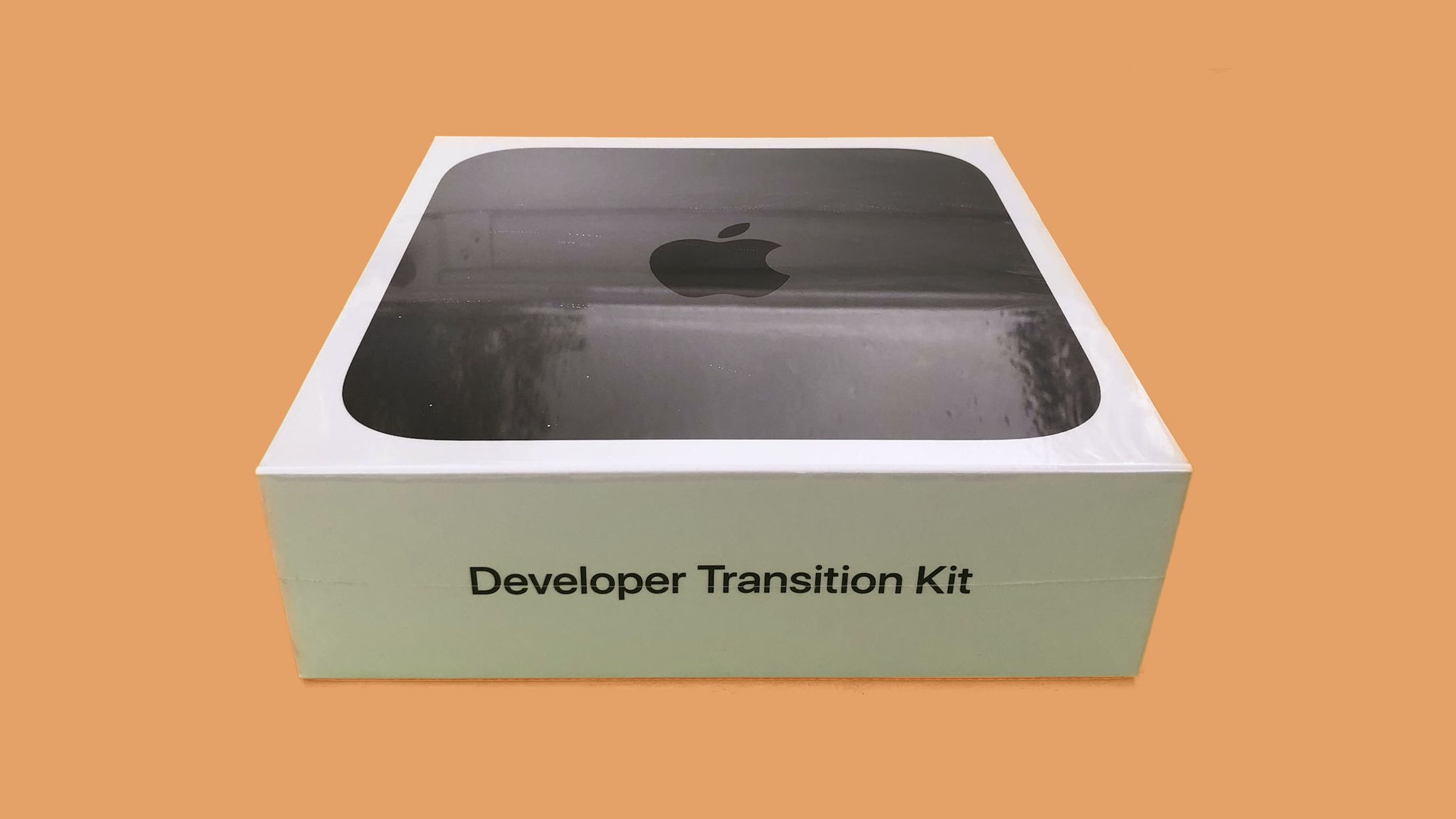
However, the first new Intel Mac rumors started pretty soon after in January of 2021 and have continued
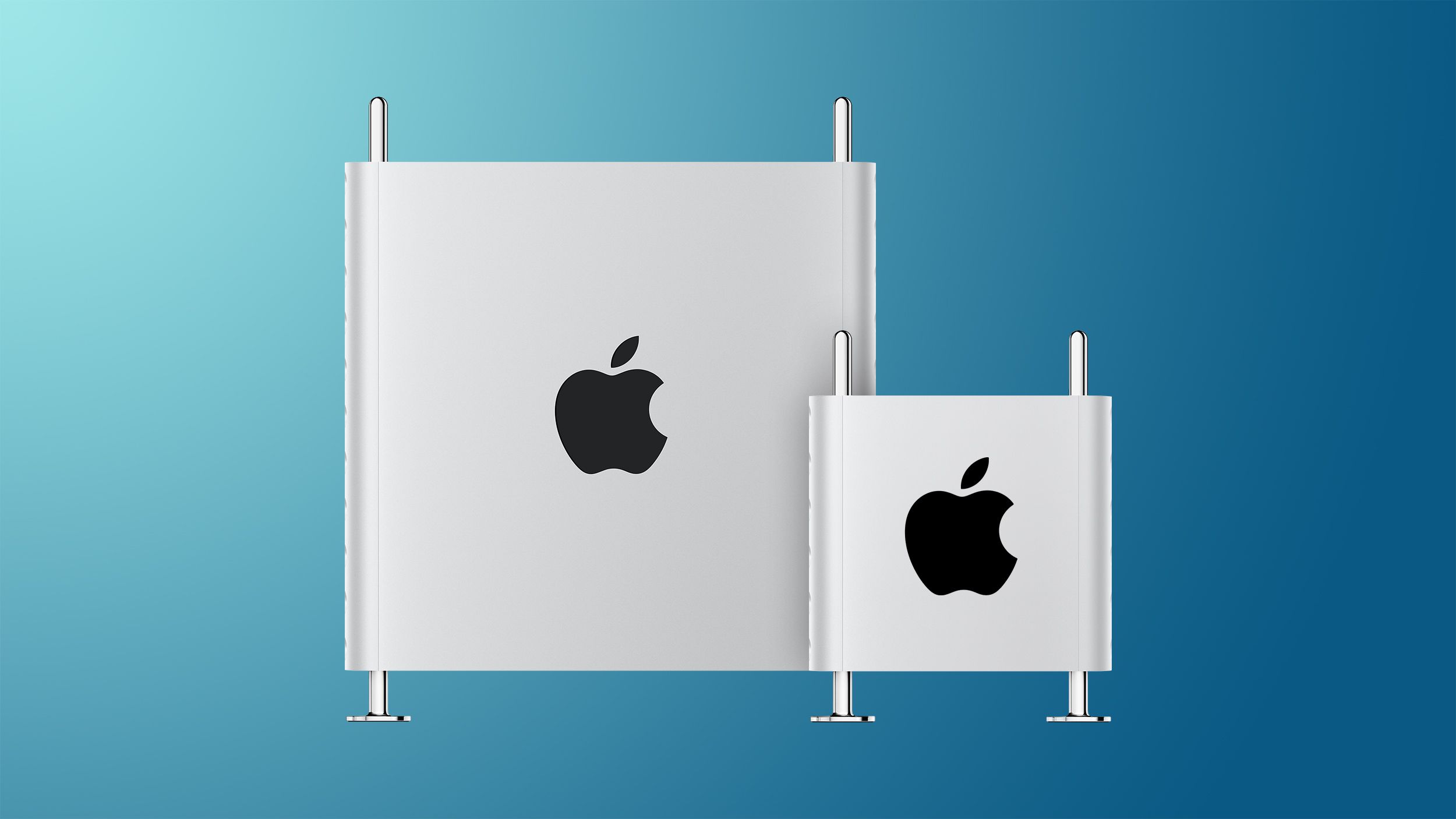

The rumored mini Mac Pro or Mac Pro mini or whatever it ends up being called if it exists at all is indeed very close. I’m not quite sure why you are so sure that the price won’t drop … Apple did drop the price on the M1 machines (well mini, pro, air) and were considered low cost leaders for their weight class.


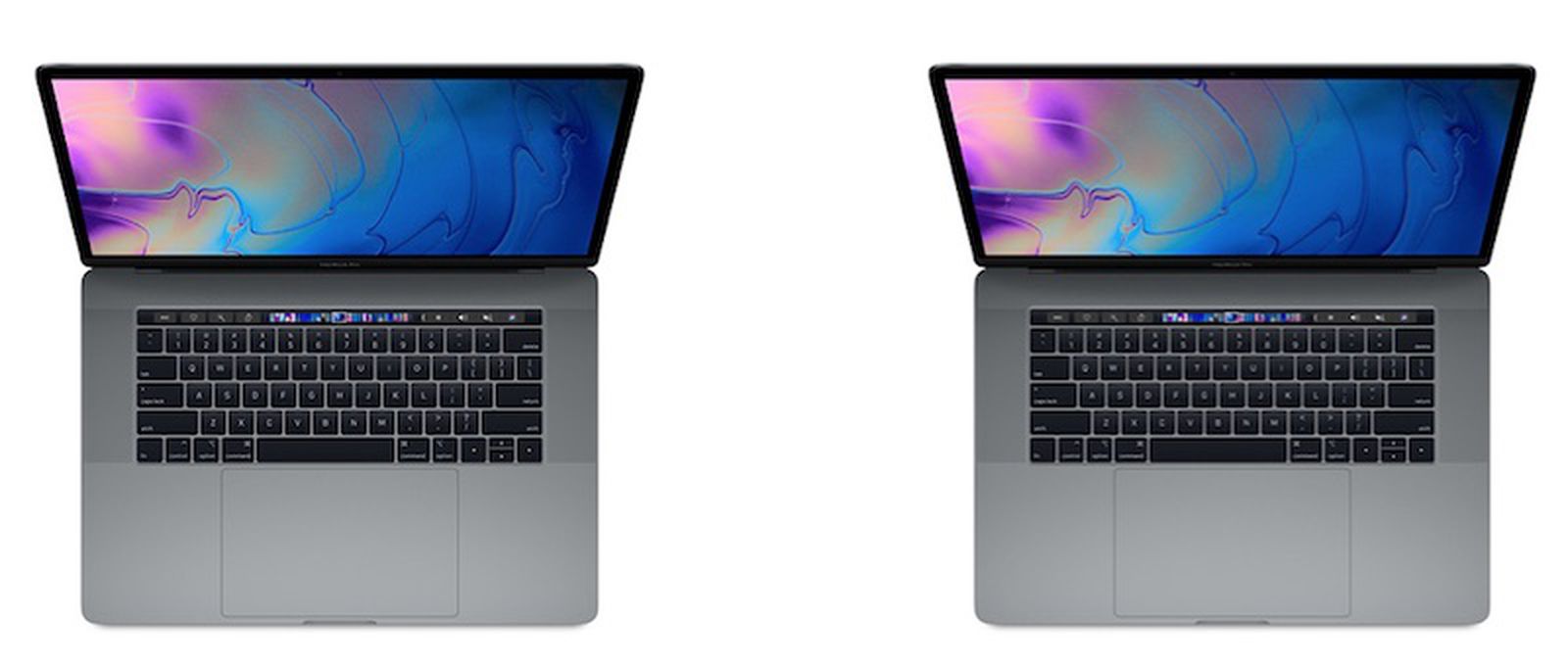
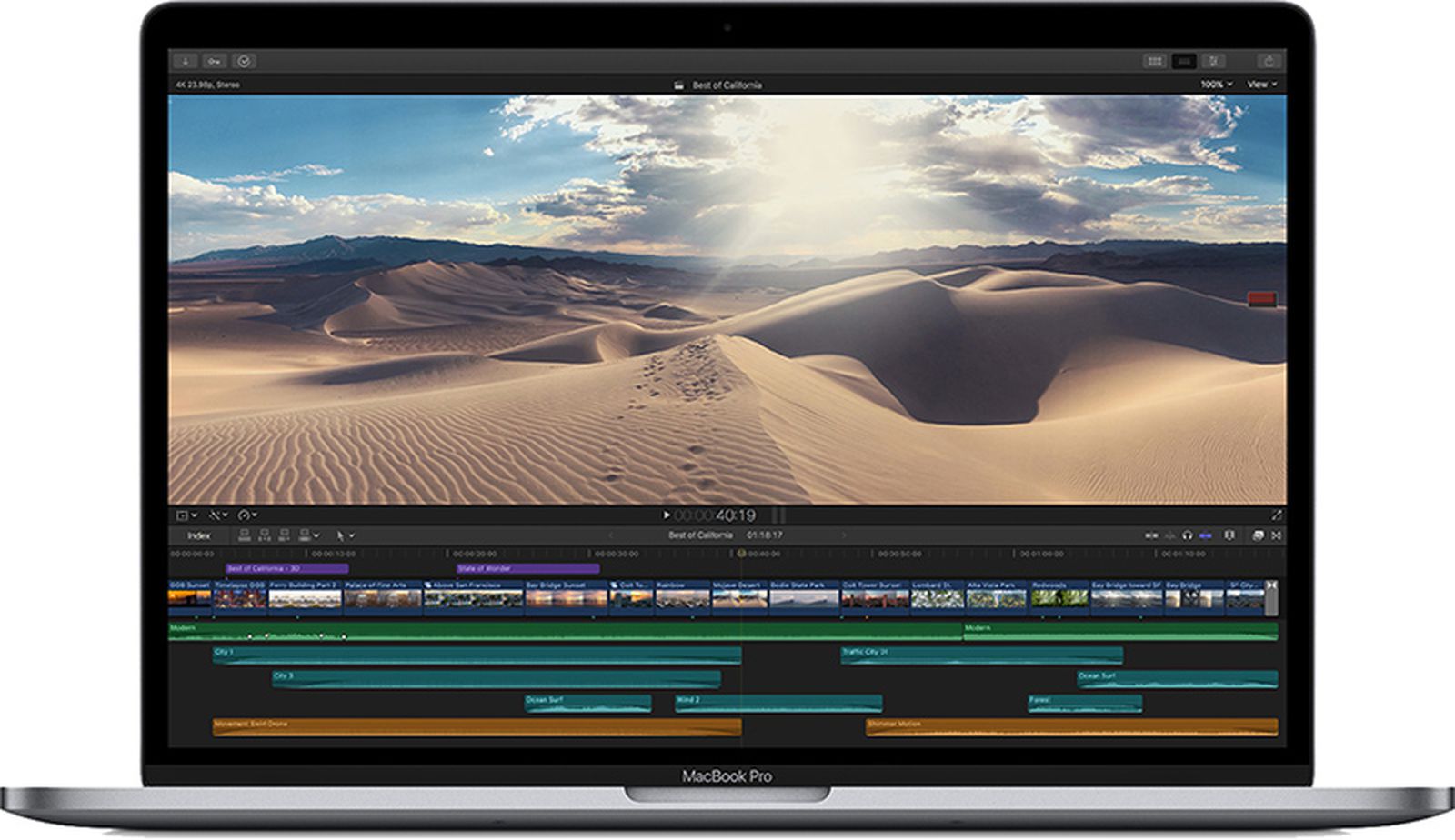
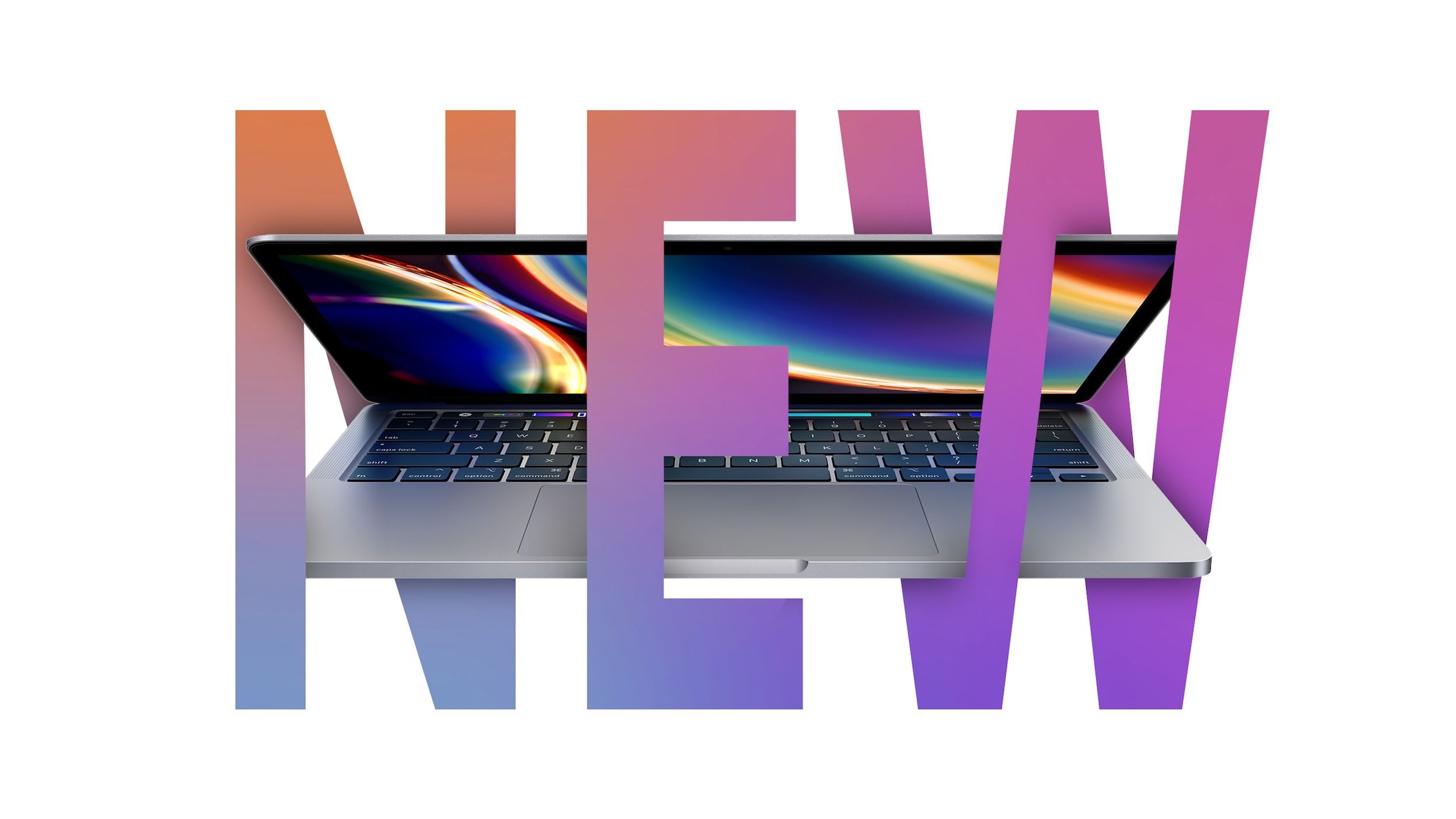
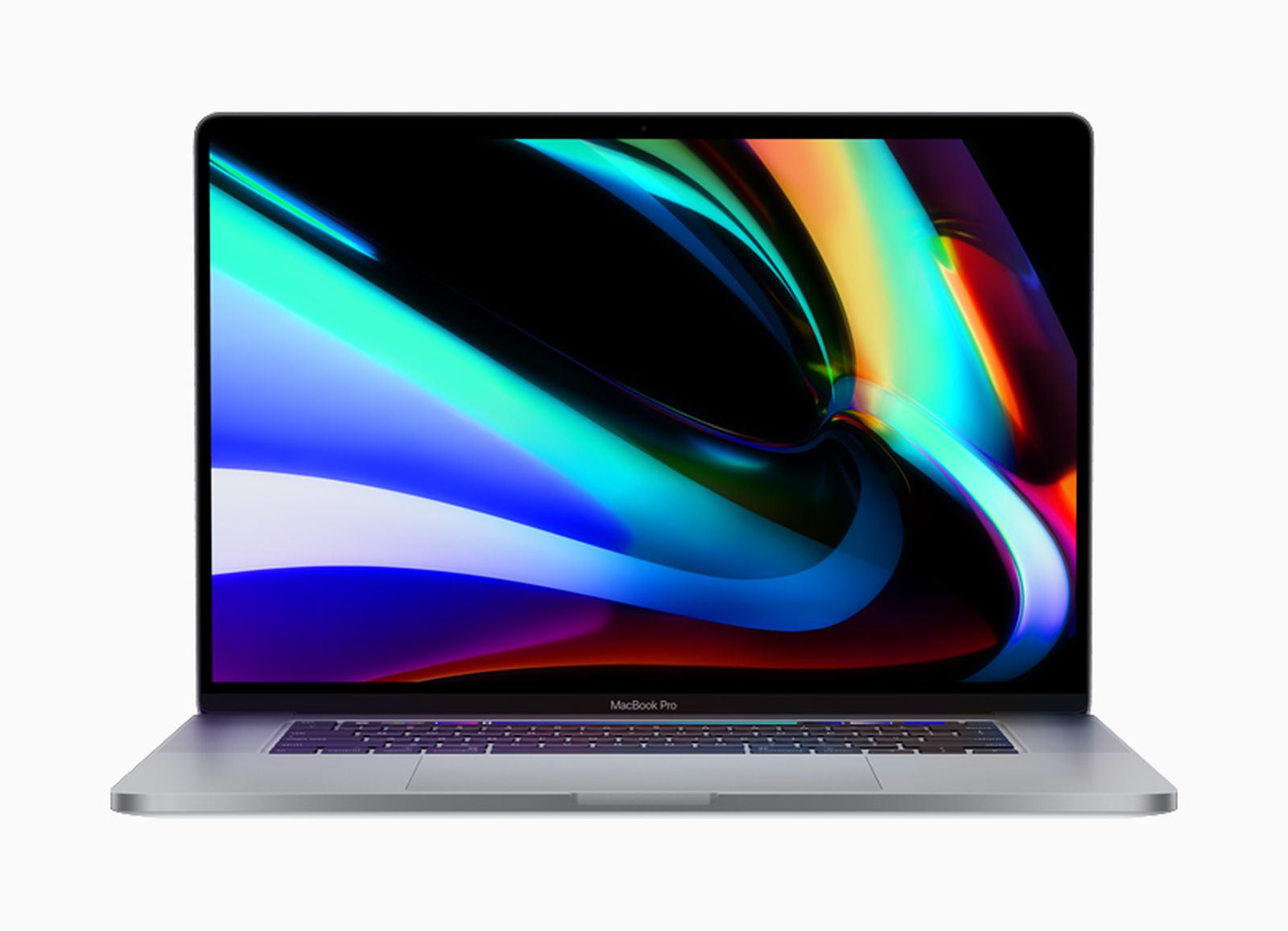
Oh absolutely. For those that currently have and want desktops, they’ll always want desktops. However, folks getting new Macs today are choosing laptops over desktops by a pretty big margin. I looked for that reporting from 2017 talking about the Mac lineup percentages because I couldn’t remember if they’d mentioned about the Mini’s numbers. From there: Schiller about the Mac Mini: “On that I’ll say the Mac Mini is an important product in our lineup and we weren’t bringing it up because it’s more of a mix of consumer with some pro use. … The Mac Mini remains a product in our lineup.” They didn’t at the time consider the Mini as a Pro system as it was mostly consumer with “some” pro use (which surprised me,

I thought it would have been the opposite). But, again, that could be just due to the fact that they didn’t want to put Intel’s hotter chips in there.
But, it doesn’t change the fact that someone buying a laptop and using it with a 20+ inch monitor still does not want a desktop Mac. And, even for those that DO want a desktop, the majority don’t want a headless desktop and are choosing an iMac. I’m just saying that’s where Apple’s market is and Apple recognizes that.
Price drops? Let's do some actual math....
21" and 27" iMac
2017 $1,299 $1,799

Apple Refreshes 21.5-Inch and 27-Inch iMacs With Brighter Displays, Kaby Lake Processors, and Faster Storage
Apple has announced a few new iMac models at WWDC today, which the company said include the best Mac displays ever with 500 nits of brightness and support for 1 billion colors, resulting in displays that are 43% brighter than previous models. The new iMacs have up to three times more powerful...www.macrumors.com
[ note the non-Retain $1099 ]
2019 $1299 $1,799

Apple Updates iMac Lineup With Up to 8-Core 9th-Gen Intel Processors and Radeon Pro Vega Graphics Options
Nearly two years have passed since Apple last refreshed the iMac, but updates are finally here for both 4K and 5K models. Apple today announced that its iMac lineup has been updated with Intel's latest 8th-gen and 9th-gen Core processors, including up to a 3.2GHz six-core 8th-gen Core i7 with...www.macrumors.com
( non-Retina still stale at $1,099 ]
2021 M1 (two ports ) $1,299
[ note if do not backslide on ports then $1,499 ]
Overall system pricing change $0
( and + $200 if the non-retina is an option or if do not want to backslide on ports with Retina screen )
Mini
2014 $499
2018 $799
2020 M1 $699 ( backslide on ports and number of screens )
Overall historical chage + $200 ( get a -$100 if only doing last iteration ).
[ Still hasn't replacedd "upper end" Mini that starts at $1099. If that removes the backslide on
ports and screen count then also basically next increase at that non-reduced feature set. ]
Macbook 13" (regular and/or two ports )
2017 $1,299
MacBook Pro "Core i5" 2.3 13" Mid-2017 Specs (Mid-2017 13", MPXQ2LL/A*, MacBookPro14,1, A1708, 3164): EveryMac.com
Technical specifications for the MacBook Pro "Core i5" 2.3 13" Mid-2017. Dates sold, processor type, memory info, hard drive details, price and more.everymac.com
2020 $1,299
MacBook Pro "Core i5" 1.4 13" 2020 2 TB 3 Specs (2020 13" (2 TB 3), MXK62LL/A*, MacBookPro16,3, A2289, 3456): EveryMac.com
Technical specifications for the MacBook Pro "Core i5" 1.4 13" 2020 2 TB 3. Dates sold, processor type, memory info, hard drive details, price and more.everymac.com
2020 M1 $1,299
Overall system pricee change $0.00
MacBook 13-14" (touchbar and/or four ports )
2018 four port $1,799

Apple Launches 2018 MacBook Pros: 8th Gen Core, Up to 32GB of RAM, Third-Gen Keyboard, Quad-Core on 13-Inch and More
Apple today announced the release of 2018 MacBook Pro with Touch Bar models with a wide range of new features, including up to six-core eighth-generation Intel Core processors, up to 32GB of DDR4 RAM, up to 4TB of SSD storage, True Tone displays, Apple T2 chips, quieter third-generation...www.macrumors.com
2019 four port $1,799

Apple Debuts New 8-Core MacBook Pro With Updated Keyboard
Apple today announced the surprise launch of new 13 and 15-inch MacBook Pro models, which are the fastest Mac notebooks ever at the top of the line. The updated machines feature Intel's 8th and 9th-generation processors, with high-end models featuring eight cores for the first time. According to...www.macrumors.com
2020 four ports $1,799

New 13-Inch MacBook Pro Announced With Magic Keyboard, 10th-Gen Processors, Up to 32GB RAM and 4TB SSD, and More
Apple today announced a new 13-inch MacBook Pro with a more reliable Magic Keyboard, faster 10th-generation Intel processor options, up to 80 percent faster graphics performance, up to 32GB of RAM, up to 4TB of SSD storage, and more. Subscribe to the MacRumors YouTube channel for more videos.www.macrumors.com
2022 M1 Pro 14" $1,999
Overall system price change +$200
MacBook 15-16"
2018 15" four ports $2,399
[ see 2018 13" link above ]
2019 15" four ports $2,399
[ see 2019 13" link above ]
2019 16" four ports $2,399

16-Inch MacBook Pro Debuts With New Magic Keyboard, Physical Esc Key, Up to 64GB of RAM, and More
Apple today announced its much-rumored high-end 16-inch MacBook Pro, which is the largest MacBook Pro that's been offered for sale since the discontinuation of the 17-inch MacBook Pro back in 2012. The updated 16-inch MacBook Pro features a larger display with slimmer bezels than the 15-inch...www.macrumors.com
2022 M1 Pro 16" $2,499
Overall system price change +$100
So have a zero , maybe -$100 , zero , +200 , +100 ... that averages out to +$40 overall system increase for M-series updates so far .
M-series has not even closely lead to substantive overall system price reductions. Prices are actually increasing.
There is also been no new historically low price for a Mini either. ( that low mark is $499 )
To weave some Mac Pro context in here. The entry model has the equivalent of a W-3223 in there.
W-3223 $749
https://ark.intel.com/content/www/u...eon-w3223-processor-16-5m-cache-3-50-ghz.html
Apple usually slaps at least a 25% mark up on components so $940 so the CPU. Overall entry system price $5,999 . So the CPU is roughly just 16% of the cost driving that base price. So even if went to a 20% cheaper CPU that wouldn't bend the curve much ( talking a couple of $100 change on a $6K system.) . That isn't even close to getting the system back into the mid $3K range; still basically $2K off.
There is probably a $400-700 "low volume tax" built into the price of the MP 2019. Creating a chassis that can handle the quad option when it arrives at the relatively very high price point it likely will come in at ... that also will probably incur a "Low volume tax" by Apple. Especially if it has "Mac Pro" product name.
TO get close to $3K Apple will likely be tossing out power supply capacity , slots , PLEX pci-e switches , modular RAM , module GPUs , etc. which is where that roughly $5,000 charge for was in the MP 2019. Have to through out "half" of all that stuff to get down to a base chassis price of $2,500 (so if add a $940 SoC back into that and yeah then at around $3.5K ). [ Goes back to my point. If there is a $700 gap between M1 Pro binned and full M1 Max the double Max SoC is likley going to be closer to $1,400 than to $940. Apple has already established how much they think their CPU and GPU cores are worth on a "per core" basis. It is high. ]
Very good chance Apple is going to attack the lower parts of the "classic" Mac Pro user base with a better Mini just as much as with a MBP 14/16" and iMac Pro. The "integrated monitor haters" will easily be able to use the Mini as an option. apple has kept that user in the Mac ecosystem. Do even have to do a general market , cost competitive monitor peripheral(s) to do it.
Mac Pro is probably going to have similar or higher "fratricide lowering" buffer away from the iMac and MBP 16" products. Simply starting with a twice/four times as expensive SoC do that all by itself but there are likely other chassis price bumps that they will add. Going to be missing on economies of scale for these bigger SoCs.
If Apple is shooting for literal desktop though , that bigger box may more so turn into a taller Mini than something with real solid Mac Pro lineage to it . One of the key factors for this top end is whether is dogma locked into "can't be bigger footprint than a classic Mini". One of the contributing factors that sent them down the MP 2013 rabbit hole. Folks was 100% dedicated workspaces probably aren't as rigidly connected to that dogma as Apple presumed back in 2011-12 when laying out the MP 2013.
Please, just stop.If that’s their only way to increase performance then they will be screwed in the long run because you can not just increase TDP indefinitely.*
At some point they will realize that they’ll need a proper power/performance ratio to compete** and when that will happen Apple and other efficient architecture in general will be years ahead.
*It’s not just power consumption, it’s also heat, noise, pricier PSU, pricier cooler, larger/pricier case, and BTW power consumption do matter also on desktop or server because if you haven’t noticed this planet is running out of resources and GPUs are among the most environment unfriendly devices.
**In reality they already realized this, that’s why Nvidia is trying to buy ARM, but it seems this is not going to happen (if antitrust works like it should).
Please, just stop.
Mac Pros are positioned for REAL pros. If you don't want the choice to swap parts as needed for your job or is concerned with power consumption or thermals just buy a Mac Mini, please and leave the people editing blockbusters alone.
However, the modularity of the system is a different question and for those that need ... or at least want it ... unfortunately the new, smaller Mac Pros will likely be less modular in terms of CPU/GPU/RAM just by the nature of being an SOC. Maybe Apple has a solution here, I've seen several posited, but honestly none of them seem ... right. Other PCIe type add-ins and modularity will likely be okay.
The "RAM roof" with LPDDR5 seems to be a big issue for some; 64GB with a single M1 Max SoC, 128GB with a dual M1 Max SoC, and 256GB with a quad M1 Max SoC...
LPDDR5X RAM is "on the way", offering 64GB chips to replace the 16GB chips on the M1 Max SoCs; along with a 33% speed increase & a 20% reduction in power consumption; these chips would allow up to 512GB RAM for a dual SoC configuration & up to 1TB of RAM for a quad SoC configuration...!
But will it "arrive" in time for Apple to use with the freshman ASi Mac Pro (Cube)...?!?
It does seem that introducing the first ASi Mac Pro (Cube) with LPDDR5X RAM would be a defining feature, but the upgrade (at time of purchase) cost for maximum RAM capacity could also be a (negative) defining feature...!
I estimate a single full-die (no reduced GPU cores) M1 Max SoC with 64GB LPDDR5 RAM to be about US$2k, this is JUST for the SoC & RAM; upgrading to maximum amount of LPDDR5X RAM would increase this by US$3k, for a total cost of a single M1 Max SoC & 256GB of LPDDR5X RAM at US$5k...
So a maxed out ASi Mac Pro (Cube); quad M1 Max SoCs, 40-core CPU (32P/8E), 128-core GPU, 1TB LPDDR5X RAM, & 8TB SSD would run around US$25k; which really is not too bad...?!?
Let's remove the quad M1 Max SoC configuration from the mix, as it has been noted that the M1 Max SoC die appears to be set-up to only do duals, not quads; one would assume quads (and maybe even an 8-way configuration...?) will be available with M2/M3 Max SoC offerings...?
If limited to a dual M1 Max SoC configuration, the top-of-the-line ASi Dual M1 Max-powered Mac Pro (Cube) would run about US$15k; still not a bad deal for 20-core CPU (16P/4E), 64-core GPU, 512GB LPDDR5X RAM, & 8TB SSD...?
no GPU matrix (Tensor cores).
Your post is so pointless that I don’t know where to start from... you have totally miss the point..Please, just stop.
Mac Pros are positioned for REAL pros. If you don't want the choice to swap parts as needed for your job or is concerned with power consumption or thermals just buy a Mac Mini, please and leave the people editing blockbusters alone.
Apple simply doesn’t ship matrix units as part of the GPU, they are a separate accelerator instead. So it’s not like they are not available. It’s a shame they can’t be programmed directly though…
So apparently the latest rumor is that the next chip up from the Max will have 12 cores … huh …
Extremely cut down down duo … cut down duo but it’s 12 *performance* cores not 12 cores total … or totally new die? The last option seems expensive …
I don’t see any links to the code snippet he is talking about.
So apparently the latest rumor is that the next chip up from the Max will have 12 cores … huh …
Extremely cut down down duo … cut down duo but it’s 12 *performance* cores not 12 cores total … or totally new die? The last option seems expensive …
I don’t see any links to the code snippet he is talking about.
If the above is real, it would still fit with rumors/reports of a 20-core & 40-core CPU (dual & quad M1 Max SoCs), it would just be that the CPU core counts were for the Performance cores alone, not counting the Efficiency cores in the reported core count numbers...?
M1 Max - 10-core CPU (8P/2E)
Dual M1 Max - 20-core CPU (16P/4E)
Quad M1 Max - 40-core CPU (32P/8E)
M1 Max Plus - 12-core CPU (10P/2E)
Dual M1 Max Plus - 24-core CPU (20P/4E)
Quad M1 Max Plus - 48-core CPU (40P/8E)
Makes one wonder if Apple might intend to push the limit of how big a SoC they can produce, adding more GPU cores as well; maybe the added cores are Ray Tracing specific...? ;^p

